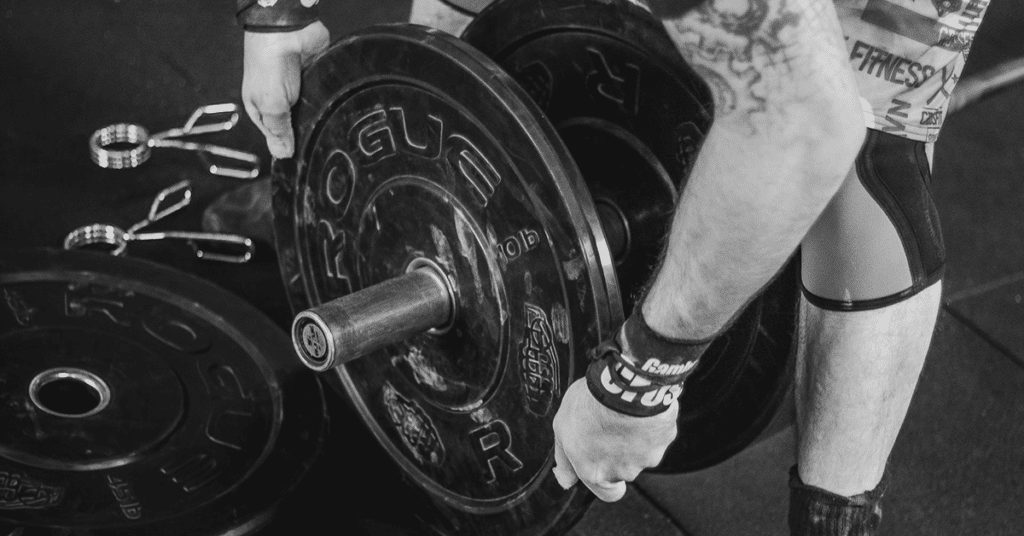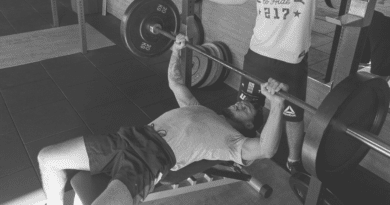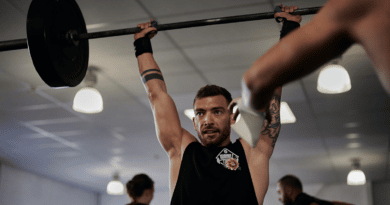Landmine Row Ultimate Guide – Benefits, Muscles Worked and Technique
This guide will teach you everything you need to know about the Landmine Row, an effective and highly underused exercise.
What is the Landmine Row?
The Landmine Row is a barbell, strength and muscle building back exercise that uses a landmine attachment to create a unique arc bar path and new stimulus for the body.
Muscles Worked by the Landmine Row
Like any type of Row, this exercise primarily targets the back.
- Latissimus Dorsi
- Rhomboids
- Teres Major and Teres Minor
- Erector Spinae
- Trapezius
- Infraspinatus
It also works the shoulders and arms, specifically the:
- Posterior Deltoid
- Brachialis
- Brachioradialis
- Biceps Brachii
It even works the lower pecs to a degree and has significant benefits for grip strength.
Benefits of the Landmine Row
With proper technique and intelligent programming, the movement has many benefits.
Builds Upper Body Muscle
As a solid upper body barbell pulling exercise it is a highly effective way to build muscle. It trains both back and arms at the same time which can be tremendously useful in conjunction with certain types of programming and workout splits.
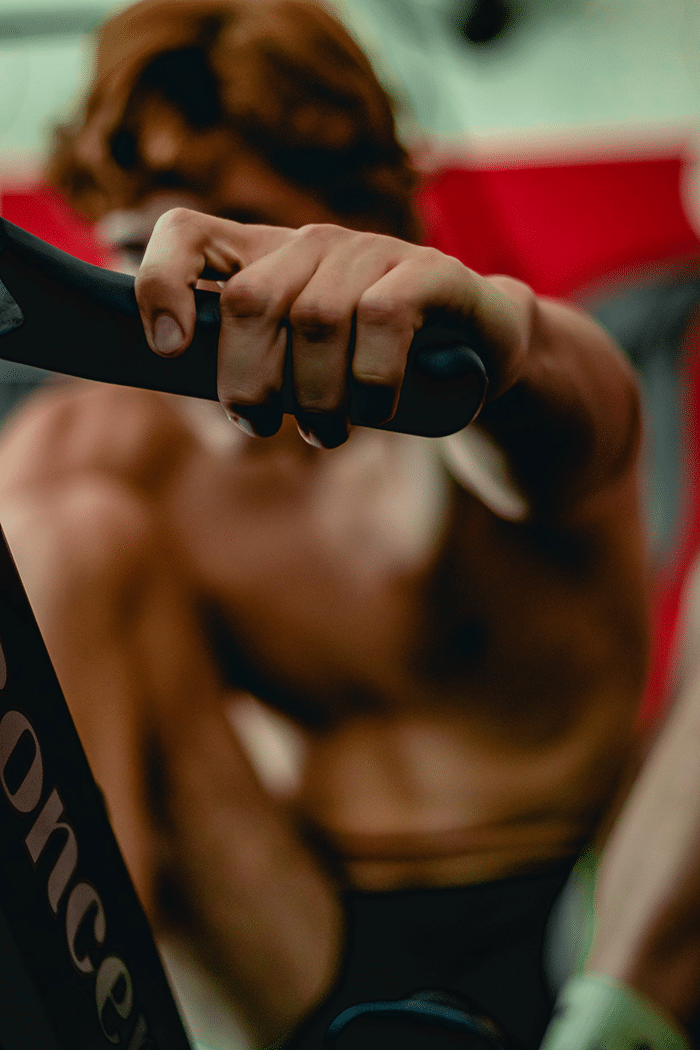
Remember to aim for 3 – 5 sets of 8 – 12 reps and rest periods of 30 – 45 seconds.
Enhances Upper Body Strength
In a similar vein as above, the movement is also an excellent strength exercise.
For strength gains you will need to raise the weight and go for 3 – 5 sets of 4 – 6 reps with longer rest periods.

Adaptive. It can be a Unilateral Exercise as Well
The movement can be easily rotated between bilateral and unilateral forms.
This makes it versatile and challenging for athletes of all different standards and levels of training experience.
Easy to Alter the Grip or Use Attachments for Different Effects
The style of the movement also allows for many diverse grips and attachments.
This is great because altering between a wide pronated grip or a close grip neutral attachment has huge implications for your fitness gains.
Reduces the Stress on Joints
It is a great exercise when you need to find a movement that places less stress on your joints.
How to do the Landmine Row
This type of Row can be performed with or without a specialised landmine attachment.
The way to set up the both options are explained below.
The instructions for the exercise itself work with both variations:
- Stand over the barbell with a leg on either side
- Face away from the end that is fixed to the attachment or floor
- Bend your knees slightly, reach down and grip the barbell with both hands
- Ensure the back is straight and the chest is proud
- Inhale and brace the core, glutes and grip
- Pull the barbell towards the chest. Activate the shoulders and squeeze them together as you lift
- Pause at the top of the movement and contract the shoulder blades
- Slowly lower the weight to the starting position
- Exhale
- Repeat for the desired number of reps
Technique Tips
Make sure that the elbows are close to the body at all times.
How to Set Up a Landmine Row without an Attachment
There are a few DIY methods that all work well.
Wedge the Barbell in a Corner
Find a connecting point between two walls and place one end of the barbell in the corner. If the surface is rough or heavily textured it can be a good idea to wrap cloth around the edge of the barbell to protect it and the surface that it is in contact with.
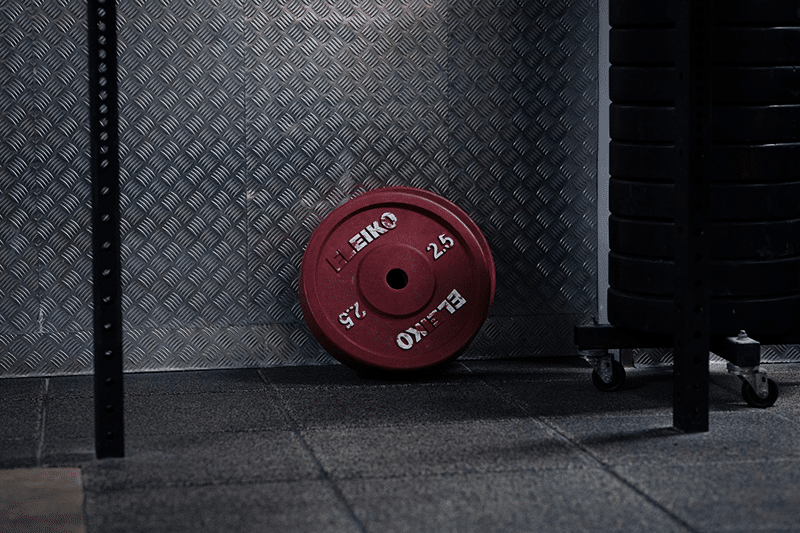
Secure with Bumper Plates
Any type of weight plates will work for this method.
Place a single plate on the ground and rest one end of the barbell on/in it. Next place another weights plate on top of the barbell to secure it in place.
Make sure that you use heavy plates.
Use a Tennis Ball
This is a unique and effective way to fix the barbell into any position.
Cut a slit into a tennis ball then affix it to the end of the barbell that will rest on the floor. Job done.
How to Set Up a Landmine Attachment
This is the easiest method. Simply slide one end of the barbell into the attachment and you are good to go.
Row Variations
The exercise is versatile with many useful variations for you to choose from.
Knee Supported Landmine Row
With this variation the lifter supports their body in order to change the stimulus of the movement.
For example, the athlete can place one knee on the bench, with the body and bench perpendicular.
This, in form, looks similar to a Single Arm Dumbbell Row.
Chest Supported Landmine Row
This is another single arm variation.
Here the bench is positioned parallel to the barbell and fixed at an incline.
Single Arm Landmine Row
With this exercise the barbell must be outside the body on the side that is performing the lift. For example, if the lifter works with the right hand first then the barbell will be situated on the right side of the body.
Landmine Row Alternatives
These alternatives will provide a similar training stimulus to the Landmine Row but offer new challenges for your body.
- Cable Row
- Wide Grip Cable Row
- Barbell Row
- Supinated Barbell Row
- Pendlay Row
- Pull Up
- Deadlift
- Snatch Grip Deadlift
- Romanian Deadlift
- Dumbbell Row
- Single Arm Dumbbell Row
FAQs
Got more questions? Scroll down to find the answers.
Is the Landmine Row Effective?
Yes, the movement is an effective exercise for building muscle, strength, mental fortitude and upper body coordination.
It minimises the stress on joints and supports optimal shoulder health.
What do Landmine Rows Do?
The exercise significantly improves the lats, traps, grip strength, biceps, shoulders, spinal erectors and rhomboids. They are a barbell pulling exercise that can build muscle mass, strength and power.
They also work and enhance the upper posterior chain.
Do Landmine Rows Work Lats?
Yes, the exercise does work the lats. The pulling motion and bent over body position forces the core and back muscles to work hard to move the load and stabilise the body.
Learn More
Expand your knowledge by enhancing your chest training.

